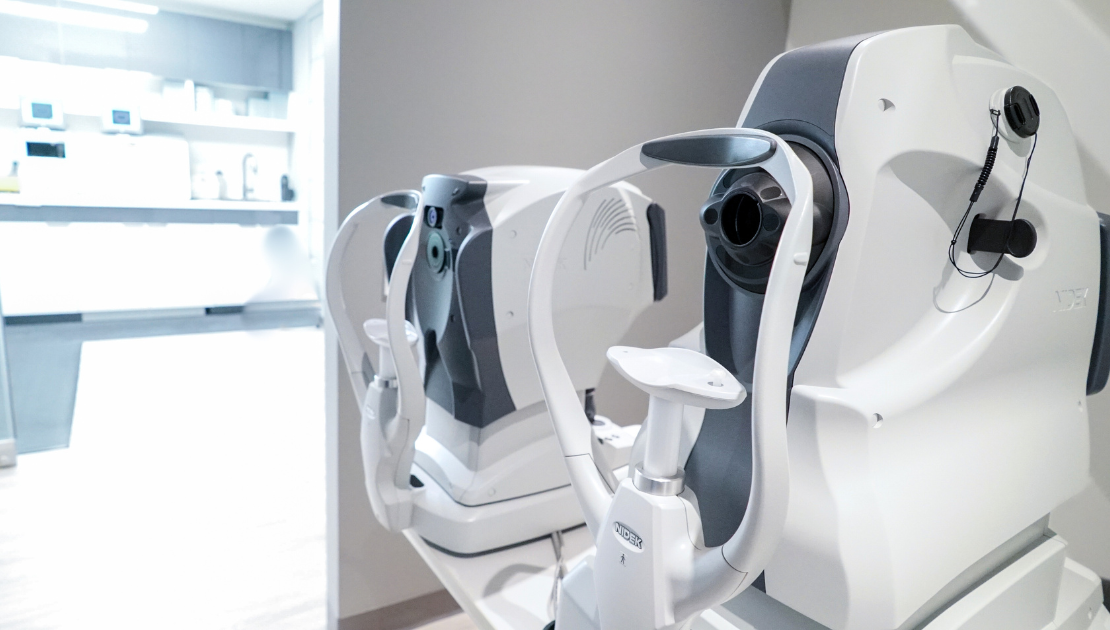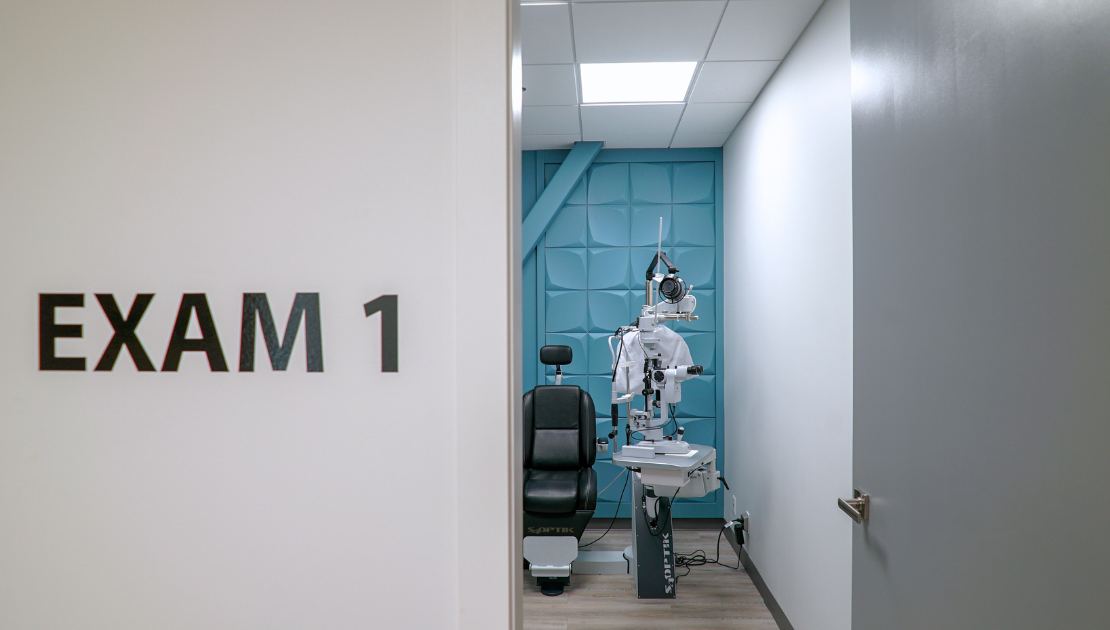Advanced Ocular Diagnostics: Precision and Insight in Eye Health
Elevating Ocular Diagnosis: A Focus on Advanced Dry Eye, Tear Film, and Rosacea Analysis
The landscape of ocular diagnostics has undergone a remarkable transformation, especially in the management of conditions like Dry Eye Syndrome (DES) and ocular rosacea. At the forefront of this evolution are sophisticated diagnostic methods that have significantly enhanced our ability to understand and treat these conditions. This article explores the array of cutting-edge technologies that are reshaping the diagnosis and treatment landscape for these ocular conditions.
Cutting-Edge Diagnostic Tools for Dry Eye and Ocular Rosacea
- Meibomian Gland Function Analysis: The health of the meibomian glands is crucial for ocular comfort and vision quality. We prioritize detailed assessments of these glands as their functionality is integral to maintaining a healthy tear film. Our approach includes:
- Detailed imaging of the meibomian glands.
- Comprehensive assessment of gland functionality and structure.
- Identification and management of gland dysfunctions or blockages.
- Tear Film Assessment: A well-functioning tear film is essential for clear vision and eye comfort. We conduct in-depth assessments to ensure optimal tear film performance, a critical factor in managing conditions like DES. Our evaluations encompass:
- Measurement of tear film breakup time.
- Analysis of tear meniscus height.
- Evaluation of tear film stability and overall quality.
- High-Resolution Retinal Imaging: Utilizing advanced imaging techniques, we gain detailed insights into the retina, crucial for early detection and management of conditions such as macular degeneration, diabetic retinopathy, and glaucoma. This includes:
- In-depth retinal scans for structural assessment.
- Continuous monitoring of conditions like macular degeneration and diabetic retinopathy.
- Early detection of glaucoma and other sight-threatening conditions.
- Ocular Surface Analysis: An extensive examination of the ocular surface is integral to our diagnostic process, especially for conditions like ocular rosacea. This involves:
- Thorough examination for signs of inflammation or damage.
- Detailed analysis of corneal health and surface irregularities.
- Identification and management of ocular surface disorders.
- Optical Coherence Tomography (OCT): OCT is a pivotal tool in our diagnostic arsenal. This non-invasive imaging technique offers invaluable insights into the health of the retina and optic nerve, aiding in the diagnosis and management of a wide range of ocular conditions. Our OCT capabilities include:
- Cross-sectional imaging of the retina and optic nerve.
- Detailed assessment of macular health.
- Comprehensive screening and monitoring for glaucoma.
- Dynamic Imaging and Video Analysis: We employ advanced dynamic imaging and video analysis for a real-time assessment of eye health. This method is vital for diagnosing conditions not apparent in static images. Our dynamic imaging includes:
- Real-time evaluation of tear film movement.
- In-depth analysis of dynamic ocular functions.
- Ongoing monitoring of various eye conditions.
- Comprehensive Anterior Segment Imaging: Evaluating the front part of the eye is crucial, especially for conditions like cataracts and corneal diseases. Our approach to anterior segment imaging encompasses:
- Detailed examination of the cornea, iris, and lens.
- Thorough cataract evaluation.
- In-depth assessment of corneal diseases and contact lens-related issues.
Impact on Diagnosis and Treatment Planning
These advanced diagnostic methods offer a nuanced understanding of conditions like DES and ocular rosacea. By precisely characterizing the nature of tear film dysfunction and meibomian gland health, we can develop targeted and effective treatment strategies. This personalized approach not only caters to the specific needs of each patient but also enhances treatment efficacy, leading to improved outcomes.
The Future of Ocular Diagnostics in DES and Ocular Rosacea
As we look to the future, we anticipate further advancements in diagnostic precision, including the integration of AI for enhanced image analysis and the development of more sophisticated imaging techniques. These innovations promise more personalized and effective treatment approaches, significantly improving the quality of life for patients with DES and ocular rosacea.
Advanced ocular diagnosis is a cornerstone of modern eye care, dramatically enhancing our ability to detect, monitor, and treat eye diseases. As technology continues to advance, our hope for preserving and improving vision for millions of individuals worldwide grows stronger, marking a new era in the journey towards optimal eye health.







